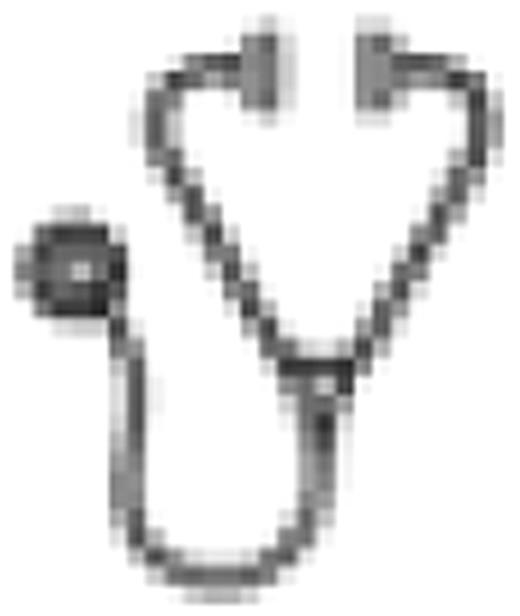Abstract
Abstract 1384
Purine Analogues in combination with cyclophosphamide (C) have a relevant advantage over monotherapy approach in patients(pts) with CLL. However, pts in complete remission (CR) eventually relapse and require treatment, demonstrating the need for improved treatments able to induce “better quality” and thus more durable responses. Monoclonal antibody alemtuzumab (CAM), directed towards CD52 antigen expressed on the surface of CLL cells has been proven to be the most effective antibody in CLL treatment. As previously reported by Elter et al. (JCO 23:7024-7031.2005) CAM appears to have synergistic activity with fludarabine (F) in vivo in relapsed and refractory CLL. Therefore, we designed a phase II study to determine the efficacy and safety of a 4-weekly combination regimen consisting of F, C, and CAM in CLL with relapsed or refractory disease after at least 1 line of treatment.
The FCC regimen consisted of oral F 40 mg/m2/day and oral C 250 mg/m2/day immediately followed by sc CAM 10 mg/day (Days 1–3). A-2 day escalation of CAM was administered prior to the first cycle. This combination was repeated on Day 29 for up to 6 cycles. According to the safety profile of the schedule described above the dose of CAM was increased after the first cohort of 10 treated patients from 10 mg to 20 mg. Minimal residual disease (MRD) was measured by 4-color flow cytometry.
Anti-infective prophylaxis included acyclovir 400 mg twice daily and trimethoprim sulfamethoxazole (TMP + SMX) 1000 mg given every other day from treatment initiation until 6 months after treatment end. CMV antigen in blood was tested in 7–days interval.
Recruitment was stopped when the planned number of 43 patients have been enrolled in the trial. The median age of the patients was 60 years (range, 39–77), 26/43 (60%) were male, 42/43 (98%) had Binet stage B and C disease, and the median number of prior treatment regimens was 2 (range, 1–4); 32/43 (74%) of patients were relapsed while 11/43(26%) were refractory to prior therapy.
Pretreatment included F in 93% of patients (F+C 35%) and monoclonal antibodies (MoAb) in 39.5% of patients (Rituximab 28%, CAM 19%; both MoAb 7%). More than a half of pts presented with deleted 11q or 17p with 28% of pts showing 17p as the sole aberration. Unmutated IgVH was detected in 23/34 (68%) pts while 17/43 (52%) were tested positive for ZAP70. Median number of given cycles was 4. Myelosuppression of all grades was the most commonly occurring adverse events. Grade III-IV neutropenia episodes were observed in 66% of the administered courses while grade III-IV thrombocytopenia episodes were detected only in 8.0 % of cycles. Symptomatic CMV reactivation occurred in 8 cases, no CMV disease was recorded. Twelve major infections occurred, including hepatitis B virus (HBV) reactivation (1 patient), pneumonia (8 episodes), and sepsis (3 episodes). Two major late infections were also observed: 1 tuberculosis and 1 aspergillosis. There were 8 deaths among 29 responding patients due to disease progression (5 patients), Richter's syndrome (2 patients), and one major late infection (tuberculosis). Progressive disease was the cause of death in 11 cases among 14 non-responding patients. An overall response rate (ORR) of 67% (29/43) was recorded with 13 pts (30%) achieving CR (MRD- in 6 pts) and 16 PR (37%). Higher ORR (p=0.003) was observed in pts not previously treated with MoAb. After a median follow up of 16.7 months (range, 1–49.5 mo) patients receiving FCC had a median PFS of 24.4 months. Finalized data of all patients will be presented.
Results from the final analysis of this new, 4-weekly dosing FCC regimen suggest that combination therapy with F, C and CAM is effective. Poor prognostic factors were strongly represented in these patients, including 68% unmutated IgVH and 54% deleted 17p or 11q. Although there were a number of major infections, most were manageable.
Montillo:Bayer: Research Funding, Speakers Bureau; Genzyme: Research Funding, Speakers Bureau.

This icon denotes an abstract that is clinically relevant.
Author notes
Asterisk with author names denotes non-ASH members.

This feature is available to Subscribers Only
Sign In or Create an Account Close Modal